Jacquie Horn was addicted to ATVing after her first ride. Now, more than 10 years later, she is sharing her passion with others by teaching people the importance of ATV and UTV safety. Horn is a UTV/ATV safety instructor at Jadlands ATV in B.C.'s Fraser Valley. She started teaching courses on a regular basis in 2013 and just recently taught her 70th student.
"I enjoy technical-type trail riding the best," said Horn, "and in the first eight years or so that I was riding, I was out every weekend and got in a lot of seat time. I also saw a lot of close calls and mishaps, including some of my own, which is what prompted me to become an instructor."
Horn rode for several years before she took a safety course. She learned valuable skills in the course and felt like some of the people she had known who had been involved in various mishaps, close calls and accidents would have avoided some of the outcomes if they had taken a safety course.
"If I can help someone gain the skills that will prevent them from having an accident, that is a very good thing," she said.
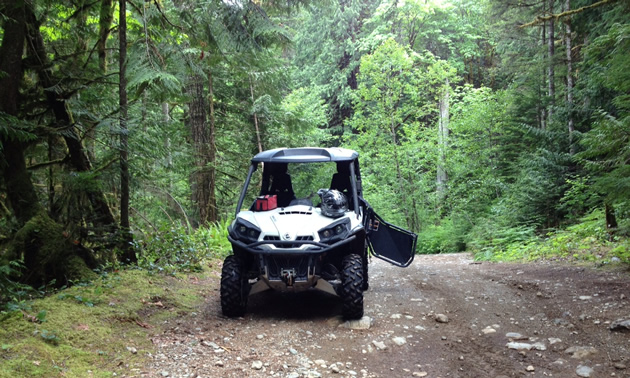
Risk management is a very important part of UTV safety. — photo courtesy Jadlands ATV
The difference between an ATV and a UTV
The main difference between an ATV and an UTV is one you ride and one you drive. In a UTV, you are sitting and steering it with a steering wheel, using gas and brake pedals like a truck or car. On an ATV, you are straddling the seat, steering with handlebars and using either a thumb or finger throttle.
"While in a UTV you should still be rider-active," said Horn. "But it's not quite as significant as when you are riding an ATV. When on an ATV, unless you are just riding down a straight stretch, you are pretty much always shifting your weight forward or backwards or to one side or the other. Riding an ATV is more physically demanding."
Even though UTVing is not as physically demanding, there are big safety concerns similar to ATVing. Risk management is very important.

Jadlands' ATV and UTV courses are geared to both novice and experienced riders. — photo courtesy Jadlands ATV
How to safely ride your UTV
"Most of us have heard of accidents, injuries or even deaths involving UTVS, so doing what you can to manage those risks goes a long way," said Horn. "Always wear proper functioning and comfortable safety gear, know your own abilities and those of the machine you are driving. Be familiar with the machine—where all the controls are, what they do—and ensure they are functioning well before heading out."
Another important part of UTV safety is to be aware. Horn said you should always be paying attention to what's ahead of you, beside you and what's around the next corner.
Finally, UTVers should learn all the proper techniques and practice the skills needed for operating their UTV in different situations, on different terrain and in various weather conditions.
"This includes braking, turning, going up hills, descending hills and then how to alter these techniques when you are hauling a large load or towing a trailer," Horn said.
Take a safety course
Jadlands ATV conducts ATV and UTV safety classes for children and adults. The student-to-instructor ratio is never more than four to one, allowing for lots of interaction and one-on-one instruction. Certification is recognized by WorkSafeBC and they have a mix of both recreational and industry clients.
"Be aware and know your abilities and those of your machine," Horn said. "Do a quick check of your machine every time you bring it home and before you head out, to make sure everything is in good working order to help eliminate the chance of an accident, malfunction or breakdown.
"Take a safety course, because there is always something to learn and it’s a great way to spend a day."
UTV safety
Use the SIPDE strategy:
Step 1: Scan – Constantly be scanning ahead for hazards.
Step 2: Identify – Identify potential hazards quickly.
Step 3: Predict - Predict what may happen with the potential hazard.
Step 4: Decide – Decide your best course of action to avoid hazard.
Step 5: Execute – Execute your plan to avoid hazard.
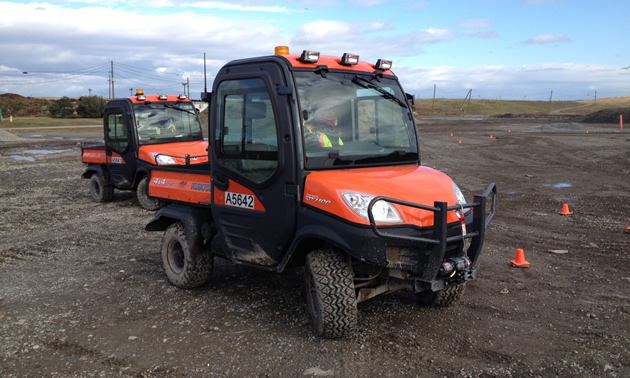



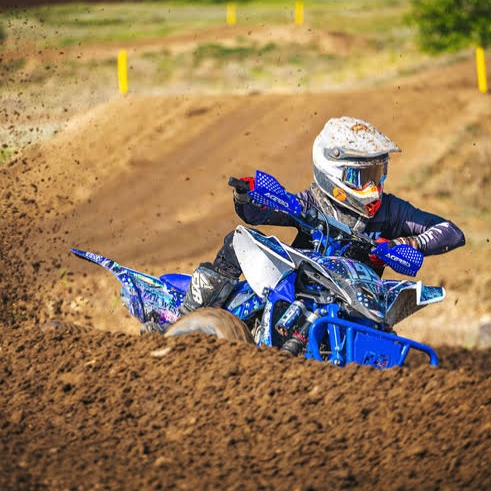
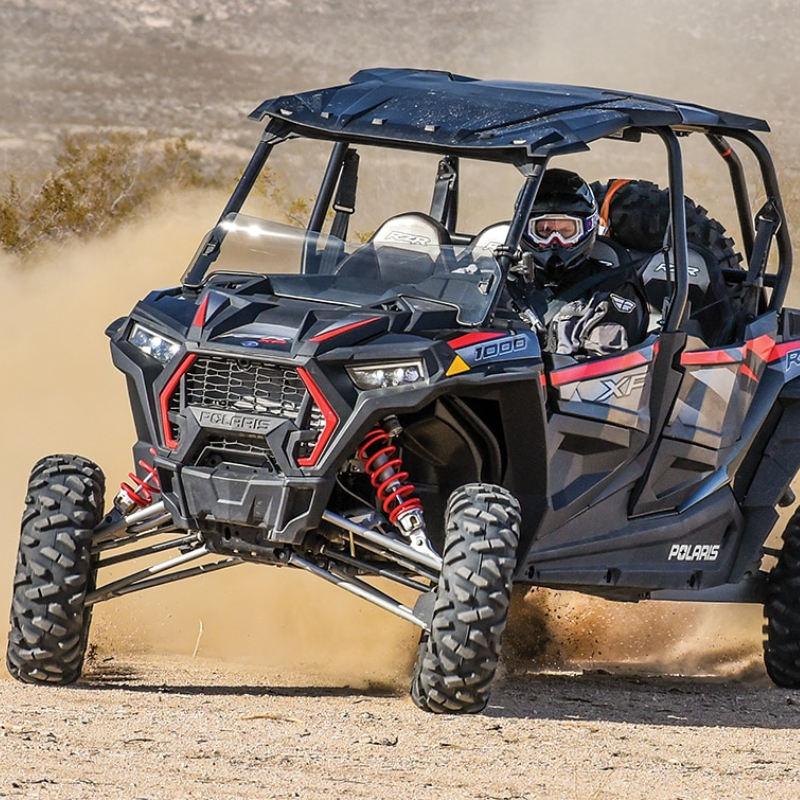
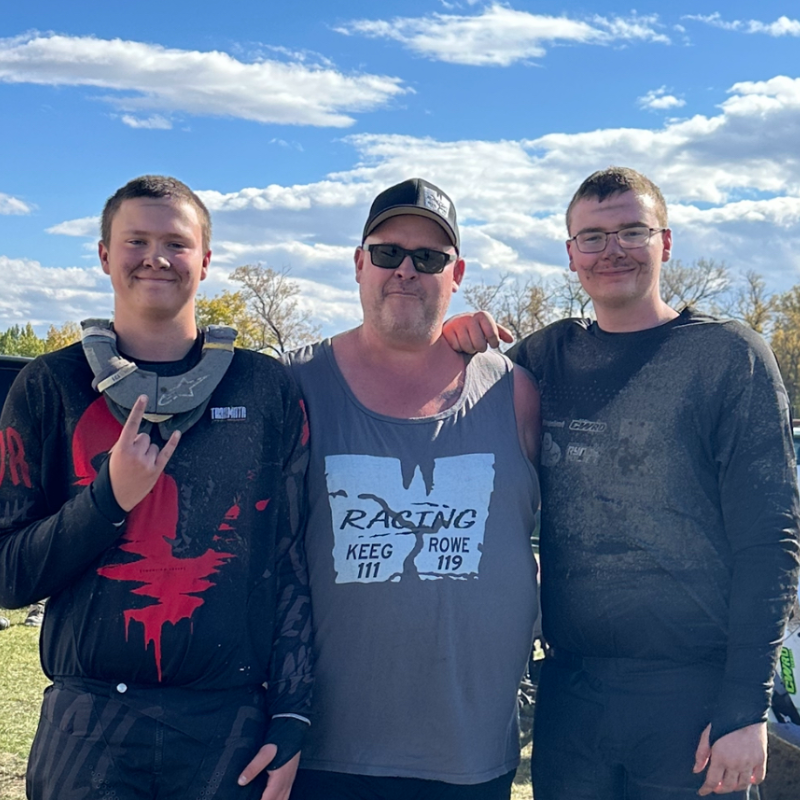

Comments